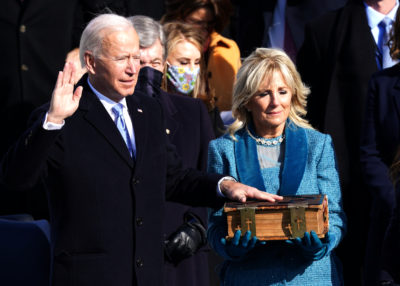
With its population now bumping up to the 1 million mark, Wake County grew by more than 10 percent in residents since 2010 and now accounts for one-tenth of the people who live in North Carolina. Its public school system, with an enrollment around 155,000, is the largest in North Carolina and ranks in the top 20 in the nation.
When my family and I moved to Raleigh in late summer 1972, Wake County’s population was barely 250,000, and its schools were divided into separate Raleigh city and Wake county systems. I offer this context as a way to frame the decision-making expected when the Wake Board of Education meets next week to adopt the details of a substantial increase in the county supplement to the pay of public school teachers and staff.
It is the right thing to do to pay educators for their important work and for their professionalism.
It is also a pragmatic thing to do in a school system growing along with its county.
“In order to be a competitive place, to attract high-quality teachers, we had to have a competitive salary,’’ says Christine Kushner, chair of the Wake school board. “We have to be competitive nationally.”
Acting in concert, the county Board of Commissioners and the Board of Education have put Wake on a glide path toward raising teacher pay over the next five years. This is an exercise of grown-up political and policy leadership that a robust, national-class metropolitan county should expect.
For the first year, the commissioners have appropriated $16 million – and the school board has adopted a budget – to assure all of Wake’s teachers, around 10,000, a pay raise, as well as $6 million for across-the-board raises for 8,000 support staffers. At its meeting on Tuesday, the board plans to approve the actual salary schedule.
For North Carolina, the Wake teacher-pay initiative highlights two fundamental policy-and-governance issues:
1) the widening urban-rural gap and 2) the state-local relationship.
Obviously, counties with a strong property tax base and a thriving retail sector can afford to pay their teachers a higher salary supplement than struggling rural counties. Here are a few examples of the gap from the 2014-15 school year: Yancey County provided a supplement of $300, Bertie $780, Caswell $937, Edgecombe $1,575, Stanley $1,897. In contrast, the average supplement paid by Chapel Hill to its teachers was $6,892, Charlotte-Mecklenburg $6,632, Durham $5,494, Guilford $4,746, and Wake $5,994.
It falls to state government – the governor, legislature, and education board and department – to confront that gap.
Because the metro counties, like Wake, will do what they can to compete for teachers, state government has the responsibility to offer sufficient compensation to attract and retain a strong corps of teachers in less-affluent communities.
In the 2015 session, the General Assembly approved a series of pay raises: a salary increase for early-career teachers, a “step’’ increase for veteran teachers, and a one-time $750 payment for all teachers. These actions do not amount to an increase in their base pay for most teachers. Meanwhile, this year marked the phase-out of the North Carolina Teaching Fellows, a three-decade state preparation and recruitment of high-quality young teachers for schools that needed their talent.
The legislature left for consideration in the future a measure to create a “competitive teaching scholarship loan program.” The bill’s preamble states its purpose as to prepare “1,000 extraordinary teachers every year for the state’s hardest-to-staff schools and classrooms.” The bill could serve as a vehicle for further legislative deliberation on how to address a modern state’s need for teaching talent in both metro and rural schools.
In its governance and financing of schools, North Carolina is much more centralized than many states. It does not have a proliferation of geographically-compact school districts with their own taxing authority. Rather this is a state with mostly countywide districts, county commissioners having taxing authority, and school boards with budgeting and operational authority.
Also, North Carolina remains under the influence of a governing construct devised during the Great Depression that sought to bolster local governments, then groaning under the burdens of severe economic distress and in danger of bankruptcy. Under this construct, the state absorbed the responsibility for financing annual public school operations, including teacher pay, while counties retained responsibility for constructing and maintaining school buildings.
Taken together, the actions of the legislature and Wake County government suggest a further erosion of that long-standing state-local arrangement in the financing of public education.
Is North Carolina entering a period in which the state will shift more of the responsibility for paying teachers a professional-level salary onto county revenues rather than state tax revenues?
Wake County has acted as a grown-up in responding to its need to remain competitive in the teacher job market. Whether the state will remain competitive is a critical question up for debate in the legislature and in the gubernatorial election of 2016.
Here’s the link to state 2014-15 chart that shows salary supplements.
Recommended reading



